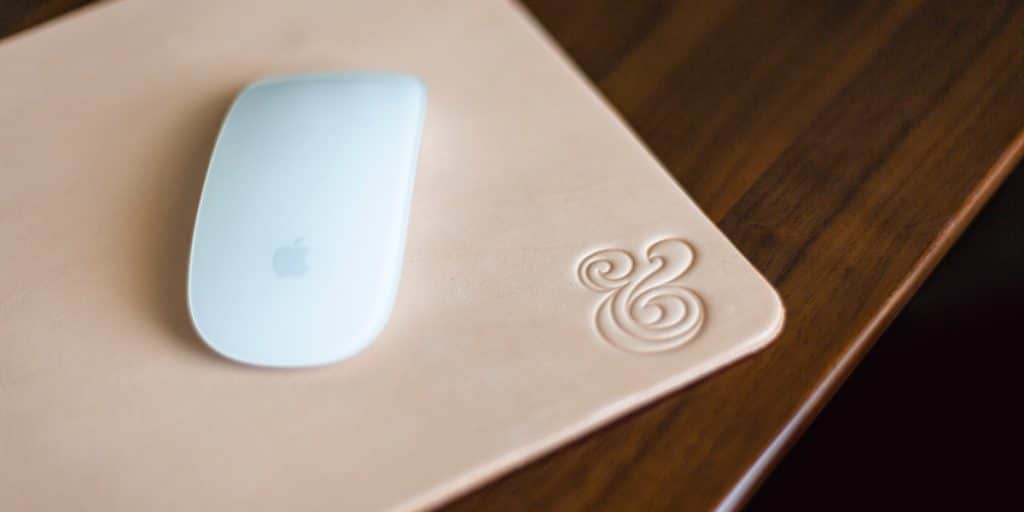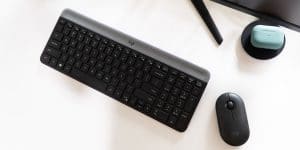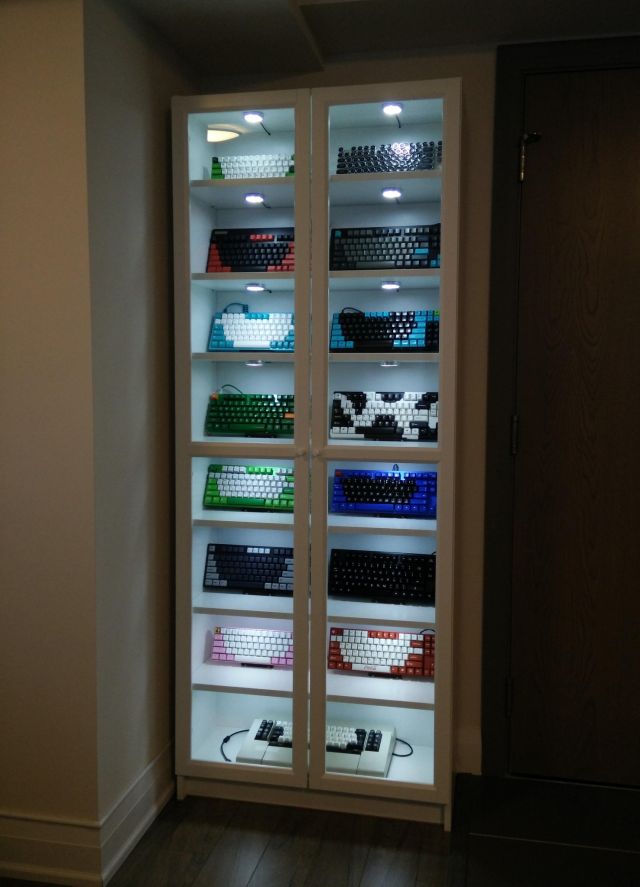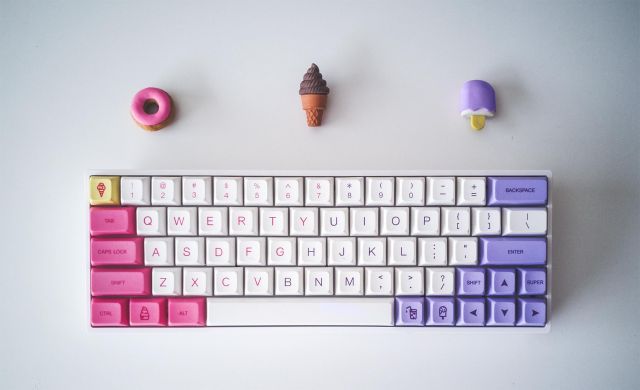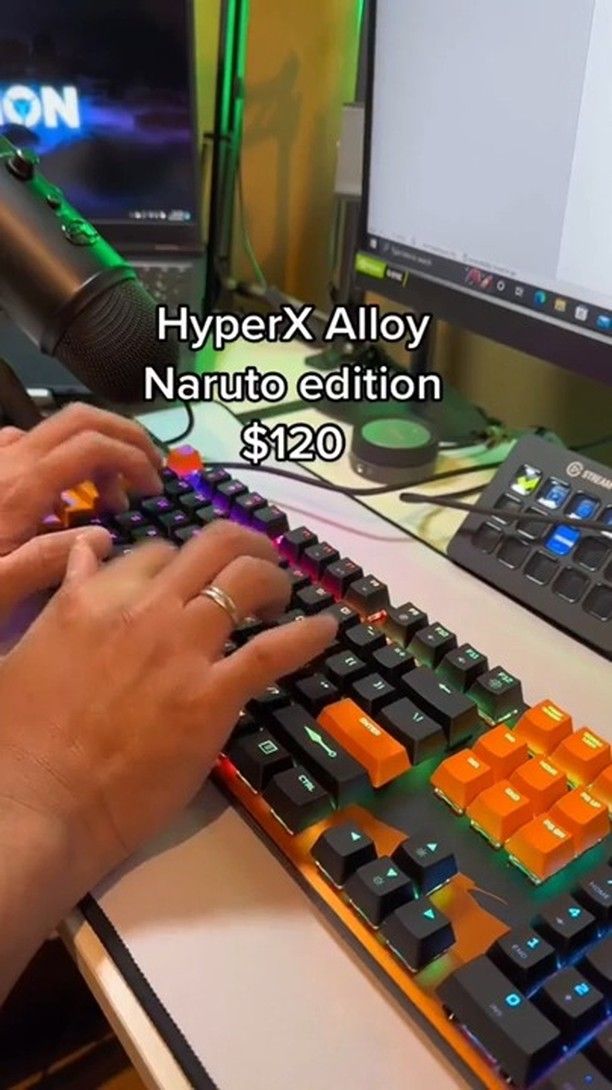Do you appreciate your desk? Do you value your mouse? If you answered ‘yes’ to either of these questions, you might want to consider the humble mouse pad. While it’s true that you don’t necessarily need a mouse pad in today’s world of advanced technology, there are compelling reasons why you might want one.
Take a moment to inspect the area beneath your mouse or the desk of someone who doesn’t use a mouse pad. You might notice some damage—small scratches, fading of the surface level on both the desk and the bottom of the mouse, all varying in severity depending on the frequency of mouse usage.
The history of mouse pads begins with the inception of the computer mouse itself. In the early days of computing, the mouse was a mechanical device that used a rubber ball to track movement. The mouse pad served a crucial function—it provided a smooth and predictable tracking area and helped keep the tracking ball clean of dirt, skin oils, and other gunk.
With the introduction of optical and later, laser mice, around the turn of the century, the need for a mouse pad seemed to diminish. These devices used light to measure movement, eliminating the problems of dirt and oil buildup. They could also work on almost any surface, from your desk to your jeans, making the mouse pad seem redundant.
However, despite these advancements, the mouse pad has not become obsolete. In fact, it still serves several important functions that we’ll explore in this article. So, while you might not need a mouse pad, you’ll find that there are several compelling reasons why you might want one.
What is a Mouse Pad?
A mouse pad, at its most basic, is a surface designed for the movement and operation of a computer mouse. Traditionally, it’s a flat, often rectangular piece of material that sits under your mouse as you use it. However, mouse pads can come in various shapes, sizes, and materials, each offering unique benefits and catering to different needs.
The primary function of a mouse pad is to provide a protective layer between your mouse and the desk. This not only prevents wear and tear on both the mouse and the desk surface but also ensures smoother, more accurate mouse movement. The mouse pad acts as a buffer, absorbing the friction that would otherwise be directly applied to the desk and the mouse’s underside.
Why You Might Want a Mouse Pad
While it’s true that modern technology has made mouse pads less of a necessity, there are still several compelling reasons to consider using one. Let’s delve into the benefits that a mouse pad can offer, from protecting your hardware to enhancing your overall computing experience.
Desk Protection
One of the primary benefits of using a mouse pad is the protection it offers to your desk. Desks, especially those made of materials like wood, fiberboard, or leather, can be susceptible to damage from the constant movement of a mouse.
Over time, dust particles settle on our desks. When combined with the continuous gliding of a mouse, particularly one whose soft underbelly “feet” have worn away, these particles can act like sandpaper. The result is the hard plastic of the mouse grinding these tiny dust particles into the desk surface, causing scratches and wear.
A mouse pad acts as a protective barrier, absorbing the friction that would otherwise be applied directly to the desk. It’s an easy and effective solution to prevent this type of damage, helping to maintain the appearance and longevity of your desk.
Mouse Protection
In addition to safeguarding your desk, a mouse pad also plays a crucial role in protecting your mouse. The underside of a mouse is equipped with small pads or ‘feet’ that help it glide smoothly across surfaces. These feet, however, can wear down over time, especially when used on hard surfaces.
When the feet of the mouse wear down, the hard plastic body of the mouse comes into direct contact with the surface. This not only can cause damage to the mouse itself but also affects its performance, leading to less precise control and movement.
By providing a softer and more consistent surface for the mouse to move on, a mouse pad can significantly slow down the wear and tear on these feet. This helps maintain the mouse’s performance over time, ensuring smoother, more accurate control for a longer period. So, while a mouse pad might not make your mouse’s feet last forever, it can certainly extend their lifespan and improve your overall user experience.
Control
A mouse pad significantly enhances the control and precision of your mouse movements, which is particularly beneficial for tasks like graphic design, video editing, or gaming. The consistent surface of a mouse pad allows for smooth tracking, reducing skips and jitters for more accurate cursor placement.
Mouse pads often feature a non-slip base, ensuring they stay in place on your desk. This stability translates to reliable and precise mouse movements, no matter how fast or far you move your mouse. In essence, a mouse pad can offer a marked improvement in control compared to using a mouse directly on a desk.
Keyboard Sound Suppression
A large, desk-spanning mouse pad offers an unexpected benefit: noise suppression for your keyboard. Mechanical keyboards, known for their distinctive clicking and clacking, can create vibrations that echo off your desk, amplifying the sound.
By placing a large mouse pad under your keyboard, you can dampen these vibrations and reduce noise levels. The mouse pad acts as a buffer, absorbing the impact of each keystroke. This results in a quieter workspace, allowing you to enjoy the tactile feedback of your mechanical keyboard without the additional noise.
The Specific Needs of Different Types of Mice
As technology has evolved, so too have computer mice, with different types offering unique functionalities. Understanding the specific needs of mechanical, optical, and laser mice can help you appreciate why a mouse pad might still be a beneficial accessory in your computing setup. Let’s delve into the unique requirements of these different types of mice and how a mouse pad can enhance their performance.
Mechanical Mice
Mechanical mice, also known as ball mice, were the earliest type of computer mouse. They operate using a rubber ball that rolls as you move the mouse, turning two rollers that correspond to the vertical and horizontal directions. These mice require a mouse pad to function optimally, as the pad provides a surface that allows the ball to roll smoothly, ensuring accurate tracking and preventing the accumulation of dust and dirt that could interfere with the rollers.
Optical Mice
Optical mice, a significant advancement from mechanical mice, use an LED light and a sensor to detect movement. While they can function on a variety of surfaces, a mouse pad can still enhance their performance. The consistent, non-reflective surface of a mouse pad allows for more precise tracking by reducing the likelihood of the sensor being confused by shiny or irregular surfaces. This results in smoother, more accurate cursor movement.
Laser Mice
Laser mice represent the latest evolution in mouse technology. They use an infrared laser sensor to detect movement, offering higher sensitivity and accuracy than optical mice. While laser mice can technically work on most surfaces, they perform best on a mouse pad. The uniform surface of a mouse pad eliminates potential tracking issues caused by glossy or uneven surfaces, ensuring the most precise and reliable cursor control.
The Benefits of Mouse Pads for Gaming
For gamers, a mouse pad can be a game-changer. Games, especially those in genres like first-person shooters or real-time strategy, often require quick, precise mouse movements. A mouse pad provides a consistent, smooth surface that allows for optimal sensor tracking, enhancing accuracy and control during gameplay.
Gaming-specific mouse pads are often larger, accommodating the broad, sweeping movements common in gaming. Some even feature additional elements like wrist rests for comfort during long gaming sessions or textured surfaces for increased precision. In essence, a mouse pad can significantly improve a gamer’s performance by providing a reliable and consistent surface for their mouse.
Wireless Charging Mouse Pads: A Modern Innovation
In the realm of modern innovations, wireless charging mouse pads stand out. These devices combine the traditional benefits of a mouse pad with the convenience of wireless charging, making them a perfect accessory for users of wireless mice.
Wireless charging mouse pads feature built-in charging technology, allowing your mouse to recharge while it’s at rest or even as you use it. This eliminates the need for separate charging cables and ensures your wireless mouse is always ready for use. It’s a seamless integration of functionality and convenience, demonstrating how mouse pads have evolved to meet the needs of modern computer users.
Comfort and Convenience: The Ergonomic Benefits of Mouse Pads
Mouse pads aren’t just about protecting your hardware or improving control; they also offer ergonomic benefits. Extended computer use can lead to discomfort or even repetitive strain injuries. A mouse pad, especially one designed with ergonomics in mind, can help mitigate these risks.
Ergonomic mouse pads often feature wrist rests made from soft, cushioning materials that support your wrist, maintaining it in a neutral position to reduce strain. This can lead to increased comfort during long computing sessions, reducing the risk of issues like carpal tunnel syndrome. In addition, the stable surface of a mouse pad can make mouse use more comfortable, providing a consistent tracking surface that allows for smoother, more natural movements.
The Impact of Mouse Use on Desk Surfaces
The constant movement of a mouse can have a significant impact on your desk surface. Over time, the friction from the mouse can cause wear and tear, leading to scratches or faded spots on the desk. This is particularly true for desks made of softer materials like wood or leather.
A mouse pad serves as a protective layer, absorbing this friction and preventing direct contact between the mouse and the desk. This not only helps maintain the appearance of your desk but also extends its lifespan. So, while a mouse pad is a small accessory, it can have a big impact on preserving your workspace.
Maintaining Your Mouse Pad: Cleaning and Care
Just like any other accessory in your workspace, a mouse pad requires regular maintenance to keep it in optimal condition. Over time, dust, dirt, and oils from your hand can accumulate on the surface of the mouse pad, potentially affecting its performance.
Cleaning a mouse pad is typically a straightforward process. Most can be cleaned with a damp cloth and mild soap. After gently scrubbing the surface, rinse it thoroughly and let it air dry. It’s important to ensure the mouse pad is completely dry before using it again to prevent any potential damage to your mouse.
For mouse pads with special features, such as those with built-in wireless charging, it’s best to refer to the manufacturer’s instructions for cleaning and care. Regular maintenance will not only prolong the life of your mouse pad but also ensure it continues to provide the best performance for your mouse.
The Potential Downsides of Using a Mouse Pad
While mouse pads offer numerous benefits, they also have a few potential downsides. Aesthetically, a mouse pad can alter the look of your workspace, which might not suit those who prefer a minimalist desk setup. Additionally, if you frequently work on the go, carrying a mouse pad can be an extra inconvenience.
Over time, mouse pads will wear out and need replacement, especially those with added features like wrist rests. However, given the protection and enhanced performance they provide, many users find this occasional replacement a worthwhile trade-off.
Frequently Asked Questions (FAQs)
Do Mouse Pads Help With Gaming?
Yes, mouse pads can significantly enhance gaming performance. They provide a consistent and smooth surface that allows for precise tracking and control, essential for fast-paced and competitive games. Some gaming-specific mouse pads also offer additional features like wrist rests for comfort during long gaming sessions.
What Happens If You Don’t Use a Mouse Pad?
If you don’t use a mouse pad, you might notice increased wear on both your mouse and desk surface due to the friction from the mouse’s movement. Additionally, your mouse may not track as smoothly or accurately, especially if your desk surface is glossy, textured, or uneven.
Is It Bad to Use a Mouse Without a Pad?
While it’s not necessarily bad to use a mouse without a pad, doing so can lead to increased wear on your mouse and desk surface over time. It can also result in less precise tracking, particularly on surfaces that are not ideal for a mouse.
What Can I Substitute for a Mouse Pad?
In a pinch, many materials can serve as a substitute for a mouse pad. This includes items like a piece of paper, a book, or a magazine. However, these alternatives may not offer the same level of protection or precision as a dedicated mouse pad. For optimal performance and longevity of your mouse and desk, a mouse pad is recommended.
Final Thoughts
In the realm of computer accessories, the mouse pad may seem like a relic of the past. However, as we’ve explored, it still holds a significant place in today’s computing world. From protecting your desk and mouse to enhancing control and precision, a mouse pad offers numerous benefits that can improve your computing experience.
Whether you’re a gamer needing precise movements, a graphic designer seeking smooth tracking, or simply someone who values the longevity of their desk and mouse, a mouse pad is a worthy consideration. While modern mice have evolved to work on various surfaces, the humble mouse pad continues to provide a reliable and beneficial companion to your mouse.
